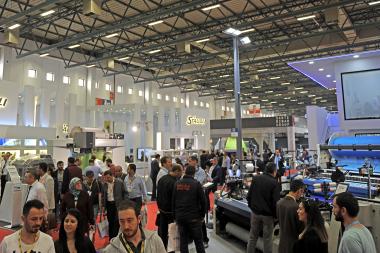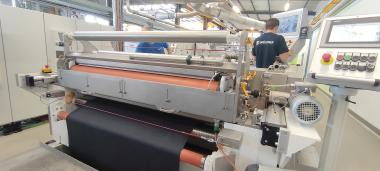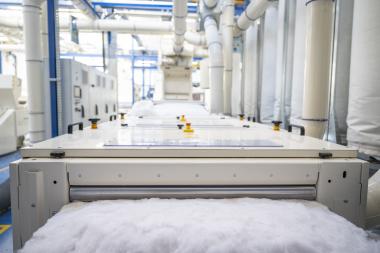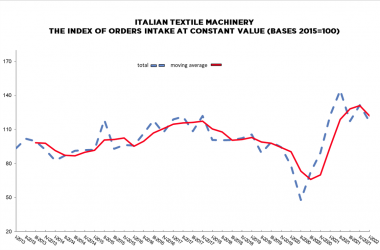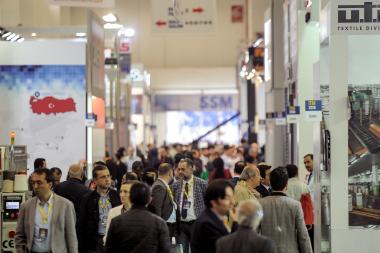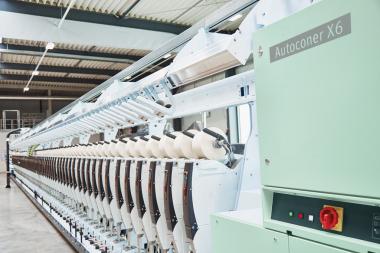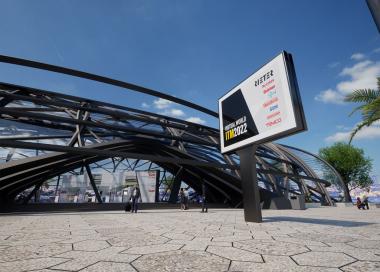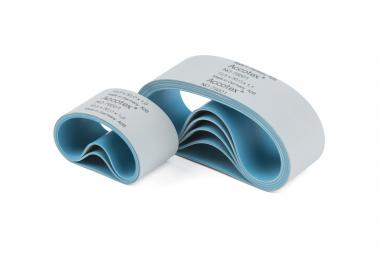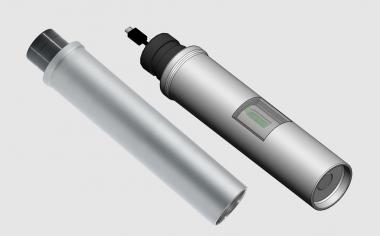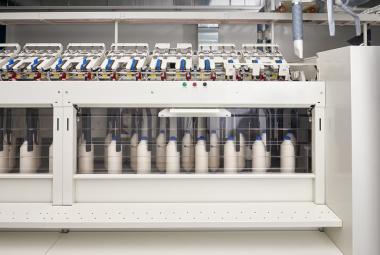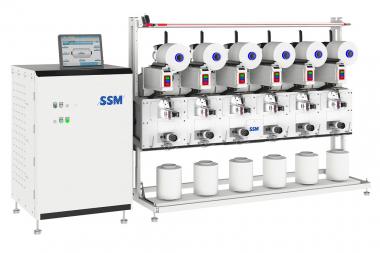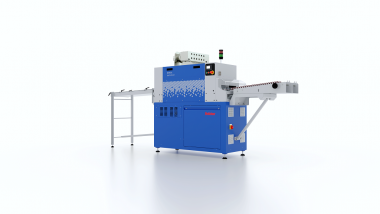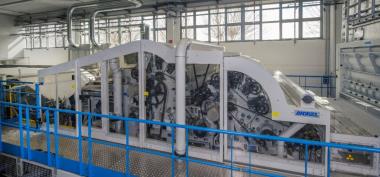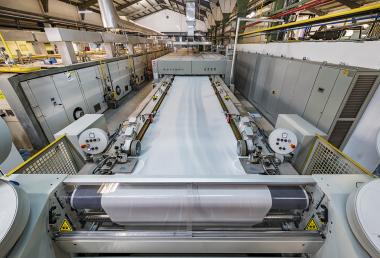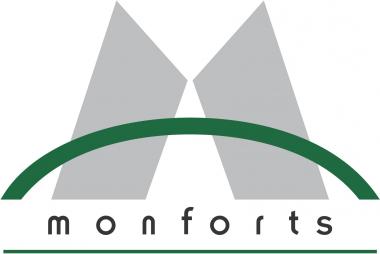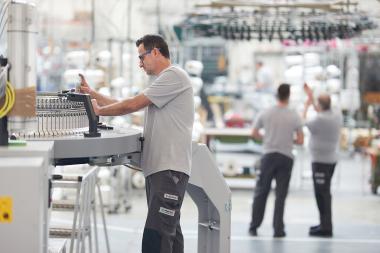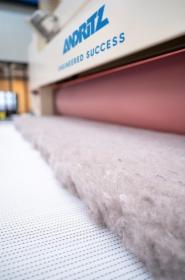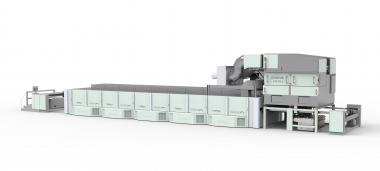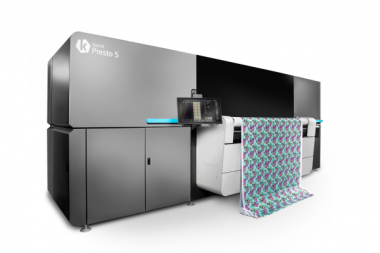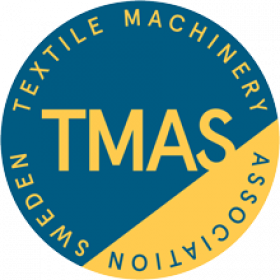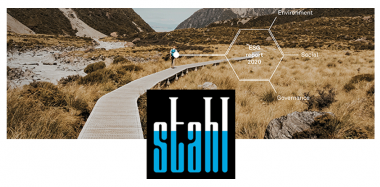ITM 2022: Bringing Textile Technology Leaders Together
ITM 2022, the first major international textile machinery exhibition to be held in the world after a 3-year hiatus during the pandemic process, is getting ready to open its doors. Bringing the leading brands of textile technologies together in Istanbul, ITM 2022 will host world launches and numerous collaborations for 5 days.
ITM 2022- International Textile Machinery Exhibition, organized in partnership with Teknik Fairs Inc. and Tüyap Tüm Fuarcılık Yapım Inc, will open its doors at Tüyap Fair and Congress Center between 14-18 June. For ITM 2022, which will be held in 12 halls on an area of 120,000 m2; hums of 1280 participating companies from more than 40 countries continues. Tüyap Fairground, where thousands of people sweat for stand setups, is getting ready for the big meeting. ITM 2022, where all halls have reached 100% occupancy rate and 1280 exhibitor companies are located, will also attract attention with the stand areas and machine parks that the manufacturers have enlarged compared to the previous exhibitions.
Companies will showcase their state-of-the-art technologies for the first time at ITM 2022
Many companies that focus on product development and new productions under pandemic conditions will have the opportunity to introduce their products to their customers for the first time in 3 years at the ITM 2022 Exhibition. Company owners, managers, employees and sector representatives visiting the exhibition will have the opportunity to see the latest technological innovations for the first time and witness their world launches.
Sector representatives, who will open up new horizons in their minds about textile technologies, will sign new products by transforming the extraordinary and original ideas that they have obtained at the ITM 2022 Exhibition into design. Participating companies will also update their machines in line with the demands and needs from the sector representatives and lead the development of new technologies.
Significant Contribution to Exports Aimed with Machine Sales and New Investment Decisions
The textile industry, which is among the locomotive sectors in Turkey's exports, has made a significant contribution to the Turkish economy, especially with the performance increase it has achieved during the pandemic period. Having achieved an increase of up to 40 percent in its exports of textiles and raw materials, Turkey also managed to increase its exports of medical textiles, technical textiles and home textiles. The industry will further increase this success with the collaborations to be realized at ITM 2022. The textile machinery industry will gain great momentum with the machinery sales and new investment decisions to be made at the exhibition.
ITM 2022, which will be attended by many domestic and foreign companies and visited by thousands of people, will be an organization where both domestic and foreign companies will make sales amounting to millions of Euros and many business connections will be realized.
Intense Interest from Trade Delegations
Trade delegations from dozens of countries are requesting to attend the ITM 2022 Exhibition, which is included in the ‘Domestic Organizations Covered by State Incentives’ list by the Ministry of Commerce. Bangladesh, India, Iran, Serbia, Czech Republic, Pakistan, Indonesia, Ethiopia, Malaysia, Mexico, Egypt and Vietnam are among the countries that requested procurement delegations. The intense application of visitors to consulates and commercial attachés from all over the world clearly reveals that ITM 2020 will host a large number of visitors.
ITM 2022 Exhibition Prepares to Break Both Exhibitor and Visitor Records
Company owners, company representatives and visitors left the 2018 edition of the ITM Exhibition very satisfied. ITM 2018 Exhibition, attended by 1150 companies and company representatives from 64 countries and visited by approximately 60 thousand people from 94 countries made a significant contribution to the export records of the textile industry that year. At the ITM 2022; It is getting ready to break new records with the number of participants and visitors coming from Turkey and abroad.
Technical Textiles and Nonwovens Industry Will Meet at HIGHTEX 2022 Exhibition
On the other hand, HIGHTEX 2022 Exhibition, which will be held simultaneously with the ITM 2022 Exhibition, will be an exhibition where Nonwoven products, raw materials used in their production and the state-of-the-art technologies will be exhibited. HIGHTEX 2022 Exhibition, which is the first and only in its field in Turkey, will host a record number of participants and visitors in parallel with the increase in demand for technical textiles. At the HIGHTEX 2022 Exhibition, companies operating in many sectors, from medical textiles to hygienic textiles, from agricultural textiles to geotextiles, will exhibit their latest products and production technologies. Nonwoven manufacturers will come together with the global players of the sector and have the opportunity to both invest in technology and introduce their newest products.
ITM
ITM


